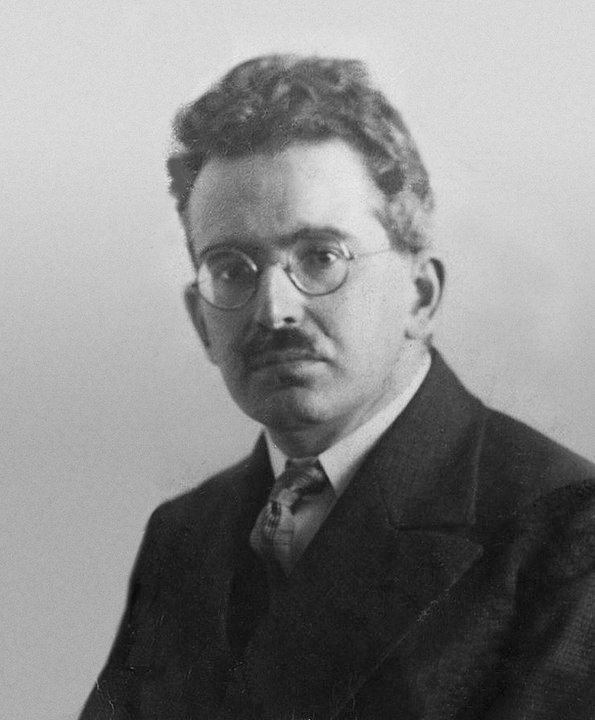
(photo credits)
Walter Benjamin was a German philosopher and cultural critic who contributed significantly to the fields of aesthetics and art theory. One of the prominent theories that Benjamin advocated for was the relationship between art and society. In his view, art cannot be separated from the social and cultural context in which it is produced and received. He believed that the artwork was a product of its time and place and that the aesthetic experience was inseparable from the social context.
Benjamin’s concept of the “aura” is particularly relevant to his views on art in relation to society. He believed that the aura of an artwork was the result of its unique presence in time and space, and that the aura was what gave an artwork its authenticity and value. However, he also believed that the advent of mechanical reproduction, such as the printing press and photography, had the potential to destroy the aura of an artwork by making it easily reproducible and accessible to the masses.
Benjamin’s views on the relationship between art and society were also influenced by his Marxist beliefs. He believed that art had the potential to be a revolutionary force in society, as it could expose the contradictions and injustices of the status quo. He saw art as a tool for social critique and transformation, and believed that it was the responsibility of the artist to use their work to challenge the dominant ideology of their time.
One example of Benjamin’s views in practice is his analysis of the political cartoons of Honoré Daumier. Daumier’s cartoons were produced during a time of political upheaval in France, and Benjamin saw them as a powerful critique of the ruling class and its abuses of power. He believed that the aesthetic experience of these cartoons was inseparable from their political content, and that they could only be fully appreciated by understanding their social context.
Another example is Benjamin’s analysis of the films of Charlie Chaplin. He believed that Chaplin’s films were a powerful critique of the dehumanizing effects of industrialization and modernization, and that they were a reflection of the social and cultural context in which they were produced. He saw Chaplin’s work as an example of how art could be used to challenge the dominant ideology and offer an alternative vision of society.
Key Learnings
- Walter Benjamin’s views on art in relation to society emphasize the importance of understanding the social and cultural context in which an artwork is produced and received.
- He believed that the aesthetic experience was inseparable from the social context and that art had the potential to be a revolutionary force in society.
- His concept of the aura and his analysis of the work of Daumier and Chaplin provide relevant examples of how art can be used to critique and challenge the dominant ideology of its time.
Leave a Reply